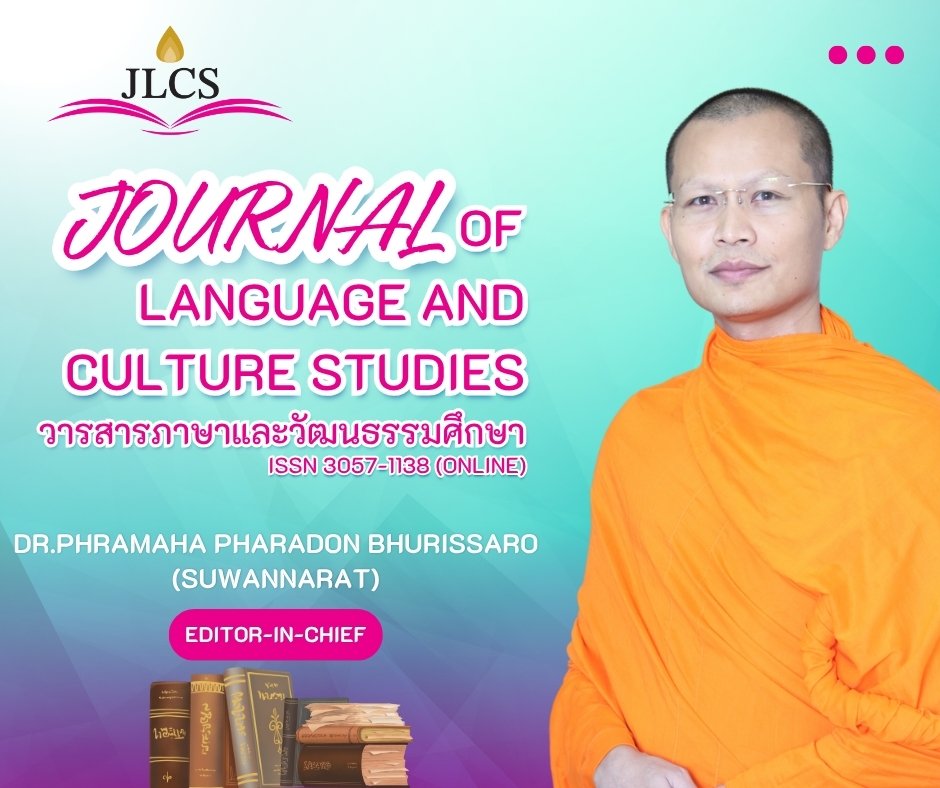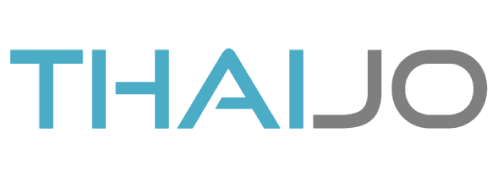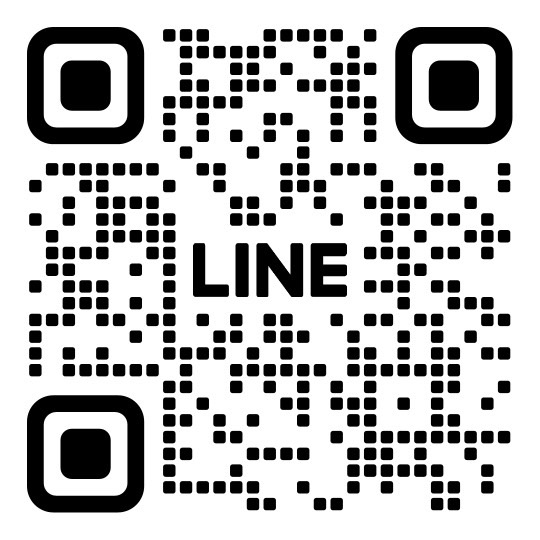Authors guidelines
The Journal of Language and Culture Studies is a peer-reviewed academic journal dedicated to the dissemination of high-quality research articles and scholarly works in the fields of language and linguistics, literature and literary theory, communication, cultural studies, and religious studies, as well as other related areas in the humanities and social sciences. The journal aims to serve as an interdisciplinary platform for academics, researchers, and scholars, as well as interested readers, fostering the exchange of knowledge and contemporary perspectives that contribute to academic advancement and benefit society.
JLCS accepts submissions in the following areas:
Language and Linguistics: Language, language learning and teaching, language skills development, general linguistics, applied linguistics, sociolinguistics, psycholinguistics, corpus linguistics, translation studies, and discourse analysis.
Literature and Literary Theory: Classical literature, contemporary literature, comparative literature, literary criticism, cultural narratives, literature in contemporary media, and digital literature.
Communication: Interpersonal communication, intercultural communication, digital communication and social media, discourse analysis in media, and language use in cultural communication.
Cultural Studies: Cultural heritage, cultural preservation, cultural exchange, cultural identity, globalization and cultural change, digital culture, media culture, and cultural tourism.
Religious Studies: Beliefs, faith, philosophy, rituals, comparative religion, religion and culture, various dimensions of Buddhist studies, the dissemination of Buddhism, the role of religion in contemporary society, and religion in digital media.
Other Related Areas: Sub-subject areas within the humanities and social sciences that are relevant to language and cultural studies, such as education, history, and more.
Moreover, Authors should be not reported data that are discrepancy such as false information, counterfeiting, decoration or show only data that correspond to conclusion. The point of views and opinion of authors that appeared in Journal of Language and Culture Studies hold as authors’ responsibility and not as the opinions and responsibility of the Editorial Department of the Journal of Language and Culture Studies and authors should be taken into consideration in research ethics with do not violate or plagiarism. The tools for help to check plagiarism by CopyCatch program that limits for Thaijo website not be over more than 25%.
The articles submitted for publication are peer-reviewed by at least two reviewers who are knowledgeable in the field as well as approved by the editorial board. Throughout the peer review process, both reviewers and author identities are hidden from each other (double-blind review).
Publication Fees
The journal charges a one-time publication fee only after a manuscript has been accepted for publication. Payment is required once per article, and an official receipt will be issued by the university for every submission. The publication fees are as follows:
1. Academic Articles: 3,000 Thai THB per article.
2. Research Articles: 4,000 Thai THB per article.
Note:
- Please make the payment only after receiving the payment request email from the journal.
- Payments must be made only to TMBThanachart Bank (ttb), Account No. 231-2-91026-4, Account Name: วารสารภาษาและวัฒนธรรมศึกษา มจร. This is the sole official account for payment.
- Publication fees are non-refundable under any circumstances.
Article Submission Guidelines for Publication in Thaijo
Online Submission Procedures: Manuscripts should be submitted electronically through the online submission system of the Journal of Language and Culture Studies via the following URL: https://so11.tci-thaijo.org/index.php/jlcs. Upon successful completion of the online submission process, authors are required to provide supplementary information by contacting the editorial office at: jlcs@mcu.ac.th
Sign In หรือ Register![]() Manuscript Preparation Guidelines
Manuscript Preparation Guidelines
Download Manuscript Template WORD, PDF
Download Reference Style Guidelines WORD, PDF
1) The manuscript must be 8–15 pages in A4 size (including illustrations, tables, and references), printed on one side only, using the THSarabunPSK font. Set the page margins at 1 inch for the top, left, right, and bottom. Line spacing must be single (1.0) with a space between each paragraph. Figures and tables must be clear and sharp, with numbering placed below the figure or table in bold (e.g., Table 1 or Figure 1). Figures must contain sufficient information to be understood without referring to the main text. All figures must be numbered in sequence consistent with their order in the manuscript. Captions should be concise and relevant to the figure presented.
2) Title, Author Name(s), Abstract, and Keywords
2.1 For Thai-language articles:
2.1.1 The title must be written in both Thai and English, centered on the first page.
2.1.2 Author names must be in both Thai and English, along with the name of the affiliated institution or organization. No more than five authors are allowed per article.
2.1.3 The abstract must be in both Thai and English, not exceeding 350 words.
2.1.4 Keywords must be in both Thai and English, with 3–5 keywords.
2.2 For English-language articles:
2.2.1 The title must be in English only, centered on the first page.
2.2.2 Author names must be in English only, along with the name of the affiliated institution or organization. No more than five authors are allowed per article.
2.2.3 The abstract must be in English only, not exceeding 350 words.
2.2.4 Keywords must be in English only, with 3–5 keywords.
3) Main headings must be aligned to the left margin. Subheadings should be indented 3–5 characters from the main heading. Subheadings at the same level must be aligned consistently. Leave one line space before each main heading.
4) All numbers should be in Arabic numerals. Only standard international abbreviations may be used, with the full term given at first mention. Parentheses in English should follow this format: (Student-centred learning)
For Research Articles
The content should be arranged in the following order:
1) Abstract – Present research objectives, methodology, and results in a concise manner.
2) Introduction – State the background and significance of the research problem, and specify research objectives.
3) Research Methodology – Include research design, sample selection and size, research instruments, data collection, and data analysis.
4) Results – Present findings according to the research objectives, preferably in tables or charts.
5) Discussion – Present as a narrative, showing connections between results, conceptual framework, and previous studies. Avoid listing points; emphasize relationships among all studied variables.
6) Originality and Body of Knowledge (if applicable) – Present new knowledge derived from the research, synthesized into a model, with a clear and concise explanation of its structure.
7) Conclusion and Recommendation – Present key conclusions, suggestions for application of results, and recommendations for future research.
8) References – Only include references cited in the article.
For Academic Articles – the content should be arranged in the following order:
1) Abstract
2) Introduction
3) Content – Present the main subject matter in logical order.
4) Conclusion
5) References
![]() Article format for Journal of Language and Culture Studies
Article format for Journal of Language and Culture Studies
The article manuscript must be set in type of *.docx of Microsoft Word Version 2010 minimize. In case of article manuscript was including table illustration, equation, The authors should be set separate from document file and set file as *.PDF*.JPG*.GIF or *.bmp that limit within 15 pages excluding reference. First, Editorial team will be considered general format and return to authors for adjust before send to peer reviewer to consider your article in the dimension of various and suitable.
![]() Editorial Right
Editorial Right
In the case of editorial team or peer reviewer who were invited to consider adjust and recommends on your article, editorial team will send article manuscript to authors. The authors must be strictly adjusted follow peer reviewer and/or all right reserved for publishing in case of academic article or research article do not have content in journal objectives. When article publishing, the authors will receive link that enter to website and confirm letter to publishing in Journal of Language and Culture Studies.








